Whatapp:
+278.3675.0634
Work Hours
Monday to Friday: 7AM - 7PM
Weekend: 10AM - 5PM
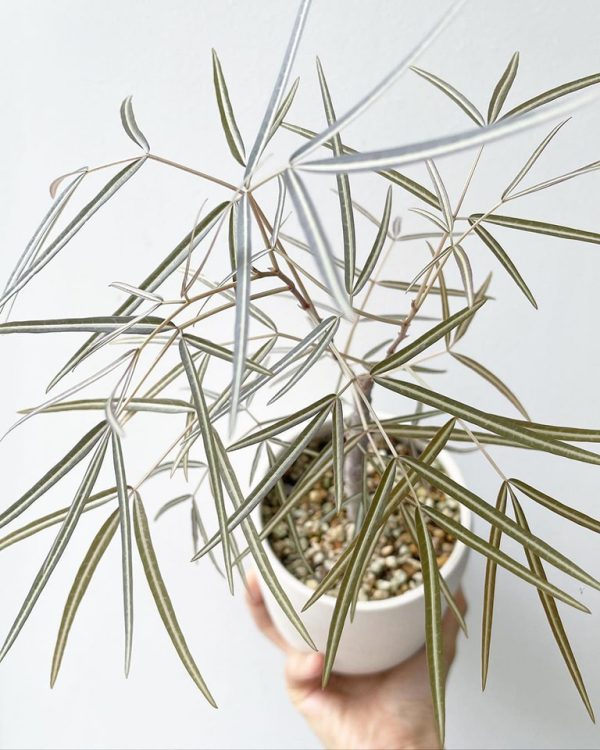
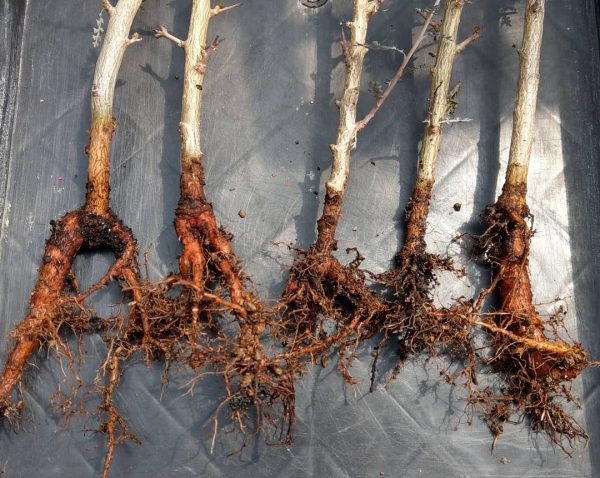
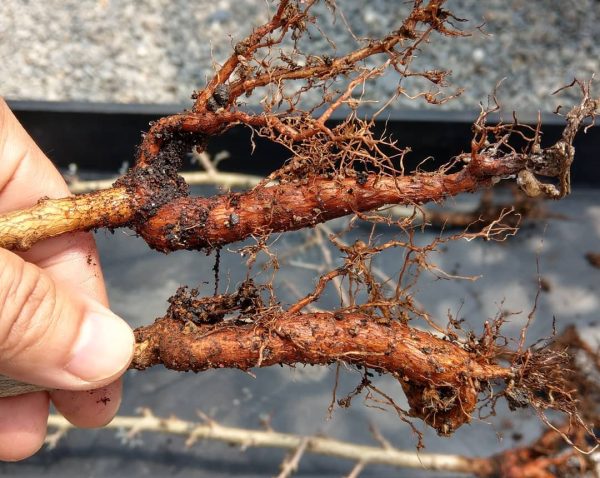

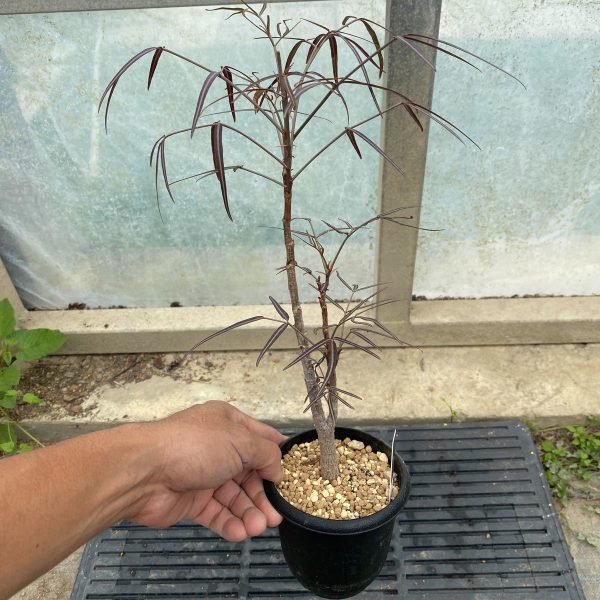


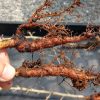

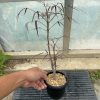
$25.00 – $65.00
Cyphostemma mappia, commonly known as the Mapou tree or bois mapou, is a species of caudiciform succulent plant endemic to Mauritius
Cyphostemma mappia, commonly known as the Mapou tree or bois mapou, is a species of caudiciform succulent plant endemic to Mauritius. It is sometimes called the “Mauritian baobab” due to its swollen, water-filled trunk that resembles a baobab tree, although it belongs to the grape family (Vitaceae) and is unrelated to true baobabs of Africa.
It is a soft-stemmed tree with succulent green leaves on distinctive zig-zag branches.
The tree can grow up to nearly 10 meters tall, with a large swollen trunk that stores water.
It exhibits island gigantism and is the only Cyphostemma species to grow into a large tree.
Unlike other Cyphostemma species, it has lost the vine-like tendrils.
The wood is soft and fleshy, similar to that of true baobabs.
Leaves are heterophyllous (different forms on the same plant), an adaptation related to historical grazing by giant tortoises.
Flowers bloom from January to May, sometimes lasting until October.
Fruits are small, red, velvety grapes
Originally widespread in dry and semi-dry forests of Mauritius, especially in mountainous and exposed areas.
Now endangered and rare, surviving mainly on rocky slopes and higher mountains such as Trois Mamelles and Rempart.
It was common around the town of Mapou, which gave the species its name.
It is slow-growing but increasingly used as an ornamental plant in Mauritius.
Propagation is easy from cuttings or seeds.
Prefers well-drained soil, some water, and lots of sun.
Can be cultivated indoors in temperate climates with a minimum winter temperature of about 17°C (63°F).
Suitable for bonsai cultivation due to its caudex form
The species is endangered but efforts are underway to propagate it for ornamental use in its native range
In summary, Cyphostemma mappia is a unique, endemic succulent tree of Mauritius with a striking baobab-like appearance, adapted to dry environments, and valued both for its ecological rarity and ornamental potential.
To propagate Cyphostemma Mappiaa from cuttings, follow these expert steps:
Select Healthy Stems: Choose healthy, semi-woody stems about 4 to 6 inches long from the parent plant during its active growing season, preferably spring or early summer
Make a Clean Cut: Use sterilized, sharp pruning shears or a knife to cut just below a leaf node at a 45-degree angle. Ensure the cutting has at least two to three sets of leaves and one growth node, as roots will develop from these nodes
Prepare the cutting : Remove the leaves from the lower part of the cutting to avoid rot but keep some leaves at the top for photosynthesis
Callus Formation: Let the cuttings dry and form a callus on the cut end by placing them in a warm, dry, shaded area for about a week. This step is crucial to prevent rot and encourage root development
Optional Rooting Hormone : Dip the callused end in rooting hormone powder or gel to enhance rooting success and speed up the process, though Cyphostemma can root without it
Planting Medium : Insert the cuttings into a well-draining potting mix such as a mix of sand, perlite, or a soil-less medium. The soil should be moist but not waterlogged to prevent rot
Environment : Place the cuttings in a bright location with indirect sunlight and maintain a warm temperature around 20-25°C (68-77°F). Keep humidity moderate by misting lightly if needed but avoid overwatering
Patience and Care : Rooting may take several weeks to months. Monitor the cuttings for new growth, indicating successful rooting. Avoid disturbing them too soon
This method ensures a high success rate for propagating Cyphostemma Mappia from cuttings, allowing you to grow new plants that retain the characteristics of the parent
| Sizes | Small, Medium, Big |
|---|
Reviews
There are no reviews yet.